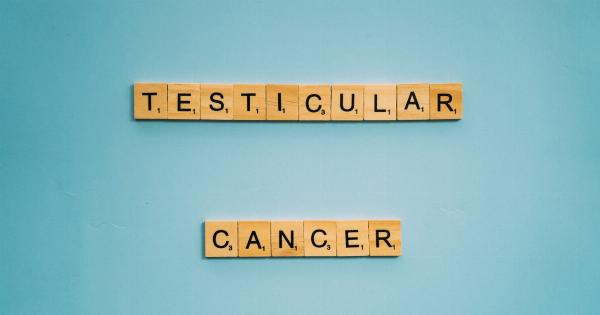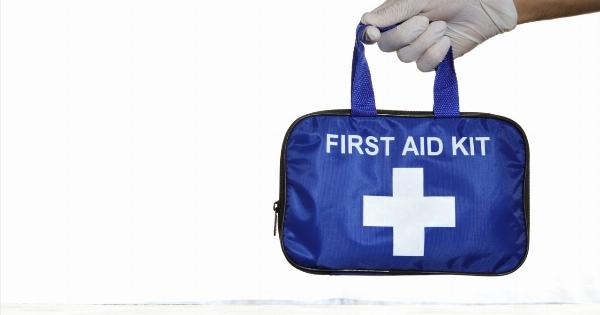Testicular torsion is a medical emergency that occurs when the spermatic cord, which is responsible for carrying blood to the testicles, becomes twisted.
When the cord is twisted, it results in a decreased blood flow to the testicles, which can cause severe damage to the testicles and even lead to infertility. In this article, we will explore the causes and solutions for testicular torsion.
Causes of Testicular Torsion
Testicular torsion can occur at any age but is most commonly seen in young men between the ages of 10 and 25. Some of the causes of testicular torsion are:.
- Anatomic predisposition: Some men are born with a higher risk of testicular torsion due to the way their testicles have developed.
- Physical activity: Physical activities such as sports or heavy lifting can increase the chances of testicular torsion.
- Trauma: Injuries to the testicles can also lead to testicular torsion.
- Abnormal testicular growths: Tumors or cysts on the testicles can also cause testicular torsion.
Symptoms of Testicular Torsion
The symptoms of testicular torsion can develop suddenly and require immediate medical attention. Some of the symptoms of testicular torsion include:.
- Testicular pain: The pain is usually severe and is felt on one side of the scrotum.
- Swelling: The affected testicle may swell and become larger than the other testicle.
- Nausea and vomiting: Some men may also experience nausea and vomiting along with the pain.
- Abnormal testicular position: The affected testicle may also appear to be twisted or rotated.
Diagnosis of Testicular Torsion
If you experience any of the symptoms of testicular torsion, it is important to seek immediate medical attention. Your doctor will perform a physical exam and may also recommend some tests such as:.
- Ultrasound: This test uses sound waves to produce images of the scrotum and testicles.
- Doppler ultrasound: This test uses sound waves to measure blood flow to the testicles.
- Blood tests: Blood tests can help to rule out other conditions that may cause similar symptoms.
Treatment for Testicular Torsion
Testicular torsion is a medical emergency and requires immediate treatment to restore blood flow to the affected testicle. Treatment options for testicular torsion include:.
- Manual detorsion: In some cases, the doctor can manually untwist the spermatic cord, which will restore blood flow to the affected testicle.
- Surgery: Surgery is usually required to prevent reoccurrence of testicular torsion. The surgery involves untwisting the spermatic cord and fixing the testicle in place to prevent it from twisting again.
Prevention of Testicular Torsion
While testicular torsion cannot be completely prevented, there are certain steps that you can take to reduce your risk. Some of these steps include:.
- Avoiding physical trauma: Protecting your testicles during physical activities such as sports or heavy lifting can help to reduce the risk of testicular torsion.
- Self-examination: Regularly examining your testicles can help you to notice any changes or abnormalities that may indicate testicular torsion.
- Medical examination: If you are at a higher risk of testicular torsion, your doctor may recommend regular examinations to check for any signs of the condition.
Conclusion
Testicular torsion is a rare but serious medical condition that can cause severe damage to the testicles if not treated promptly.
Knowing the causes and symptoms of testicular torsion can help you to seek prompt medical attention, which can increase the chances of successful treatment. Taking steps to prevent testicular torsion can also help to reduce your risk of developing the condition.






























